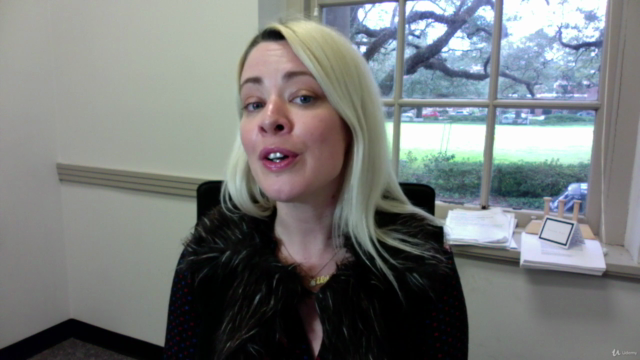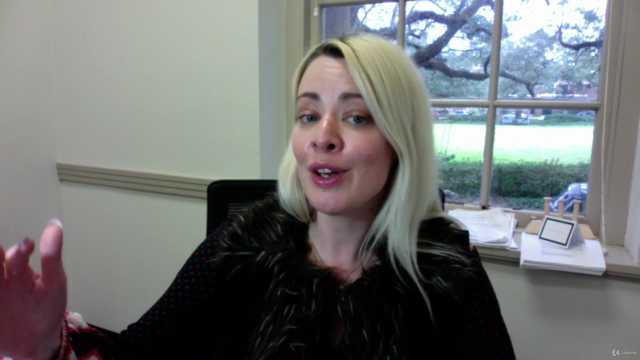Baroque Painting and the Counter-Reformation

Why take this course?
Art and Early Mass Communication: The Power of Painting in the Baroque Era & Counter-Reformation
🎨 Course Headline: Unveil the Secrets of Baroque Masterpieces & Their Role in the Counter-Reformation
Introduction to Baroque Painting and Its Historical Context
Welcome to a captivating journey through the golden age of painting, where art became a powerful tool for early mass communication. In this course, we will explore the dramatic transformation of European art during the 17th century, as seen in the grandeur of Baroque painting. These works were not mere visual displays but a pivotal response to the Protestant Reformation and a means to reinforce the Roman Catholic Church's influence.
The Council of Trent: A Pivotal Moment
Our story begins with the Council of Trent, an imperative summit for the Catholic Church, which responded to the spreading Protestant movement by reaffirming the power and importance of images in faith. This marked a significant shift in art's purpose—from serving the elite to becoming the Church's primary medium for communicating with the masses across Europe.
The Artistic Revolution: From Mannerism to Baroque
Understanding the difference between Mannerist and Baroque styles is key to grasping this era. While Mannerism catered to an educated, elite audience with its complex and enigmatic imagery, Baroque painting was designed for universal consumption and emotional resonance. This transformation can be seen as a response to the Mannerist flair for provoking terror, awe, and the sublime.
The Emotional Spectrum of Baroque Art
Baroque paintings were not just visual feasts; they were carefully crafted emotional experiences. From scenes of extreme suffering and martyrdom to celestial visions of heaven, these artworks aimed to inspire, move, and even manipulate the emotions of viewers. The technical prowess of Baroque artists allowed them to create the illusion of depth, perspective, and motion, bringing their scenes to life in a way that was previously unimaginable.
The Mass Appeal: Art as Early Mass Media
With the Church's backing, Baroque artworks were produced in unprecedented quantities to be seen by more people than any previous era's masterpieces. This course will delve into the strategies used by Baroque artists to create a visual language that could be understood and felt deeply by diverse audiences, regardless of their education or literacy.
Key Themes & Artists of the Baroque Era
- The Role of Perspective and Dramatic Lighting: Learn how artists like Caravaggio and Rembrandt used chiaroscuro to dramatic effect.
- Religious Themes & Their Interpretation: Explore how scenes from the Bible were depicted with new emotional depth.
- Architectural Integration: Understand how Baroque artworks were designed to complement and enhance grand church interiors and palaces.
- The Impact of Science and Mathematics: Discover how artists incorporated scientific advancements in their work to create more realistic and three-dimensional paintings.
Engage with the Legacy of Baroque Painting
This course is not just a historical lesson; it's an exploration into the heart of human emotion as expressed through art. As you journey through each module, you'll gain a deeper appreciation for the genius of Baroque masters and the profound impact they had on both society and the evolution of visual communication.
Join us in this enlightening course to uncover the strategies and techniques that made Baroque painting a cornerstone of art history—a testament to its enduring legacy as one of the most powerful forms of early mass media.
Enroll now to embark on this artistic adventure and witness the splendor of Baroque Painting and the Counter-Reformation firsthand! 🖌️✨
Course Gallery




Loading charts...